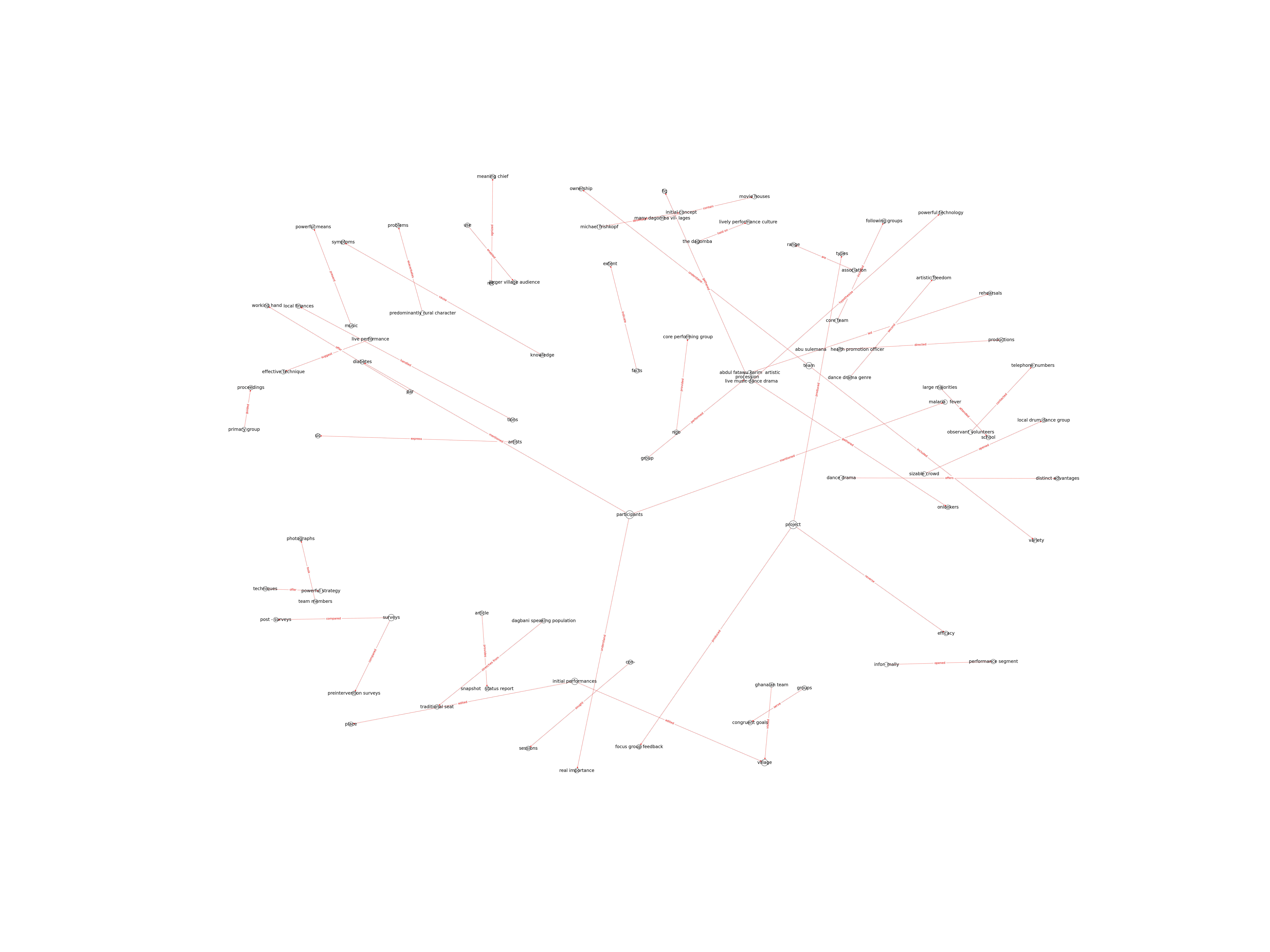| Id | 79 | |
| Author | Frishkopf, M.; Hamze, H.; Alhassan, M.; Zukpeni, I., A.; Abu, S.; Zakus, D. | |
| Title | Performing arts as a social technology for community health promotion in northern Ghana. | |
| Reference | Frishkopf, M., Hamze, H., Alhassan, M., Zukpeni, I. A., Abu, S., & Zakus, D. (2016). Performing arts as a social technology for community health promotion in northern Ghana. Family Medicine and Community Health, 4(1), 22-36. |
|
| Keywords | music; dance; drama; edutainment; community health; sanitation; malaria; Ghana |
|
| Link to article | https://doi.org/10.15212/FMCH.2016.0105 |
|
| Abstract | We present first-phase results of a performing arts public health intervention, ‘Singing and Dancing for Health,’ aiming to promote healthier behaviors in Ghana’s impoverished Northern Region. We hypothesize that live music and dance drama provide a powerful technology to overcome barriers such as illiteracy, lack of adequate media access, inadequate health resources, and entrenched sociocultural attitudes. Our research objective is to evaluate this claim |
|
| Metodology | We evaluated the effectiveness of arts interventions in improving knowledge and behaviors associated with reduced incidence of malaria and cholera, focusing on basic information and simple practices, such as proper hand washing. Working with the Youth Home Cultural Group, we codeveloped two ‘dance dramas’ delivering health messages through dialog, lyrics, and drama, using music and dance to attract spectators, focus attention, infuse emotion, and socialize impact. We also designed knowledge, attitude, and behavior surveys as measurement instruments. Using purposive sampling, we selected three contrasting test villages in the vicinity, contrasting in size and demographics. With cooperation of chiefs, elders, elected officials, and Ghana Health Service officers, we conducted a baseline survey in each village. Next, we performed the interventions, and subsequently conducted follow-up surveys. Using a more qualitative approach, we also tracked a select subgroup, conducted focus group studies, and collected testimonials. Surveys were coded and data were analyzed by Epi Info |
Technique | Participatory action research (PAR); Follow-up survey; Knowledge-attitude-practices (KAP) Survey; Focus group; Descriptive statistics; Correlation analysis |

Note: Due to lack of computing power, results have been previously created and saved in database


